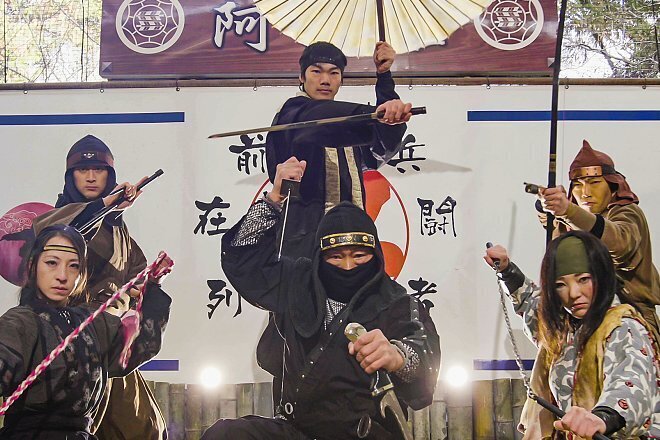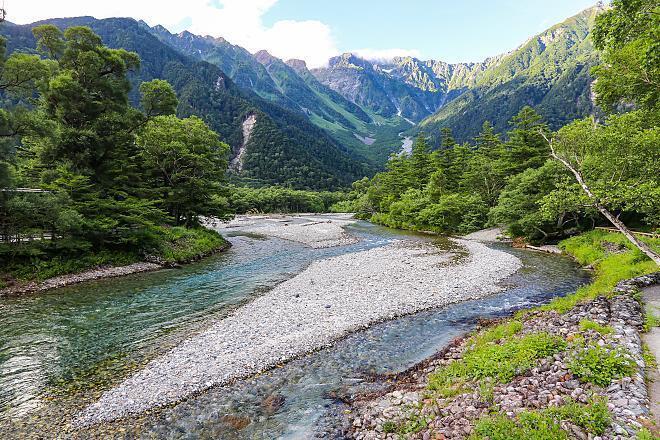Continuing with part two of my trip off the beaten path in central Japan, I started my day with a tea picking activity - a continuation of my immersive tea experience the day before in Kakegawa, Shizuoka Prefecture. Then, I traveled to Nagoya for dinner and stayed overnight there. The following day was spent in Meiji-Mura, a large outdoor museum with many historic buildings in Inuyama, Aichi Prefecture.
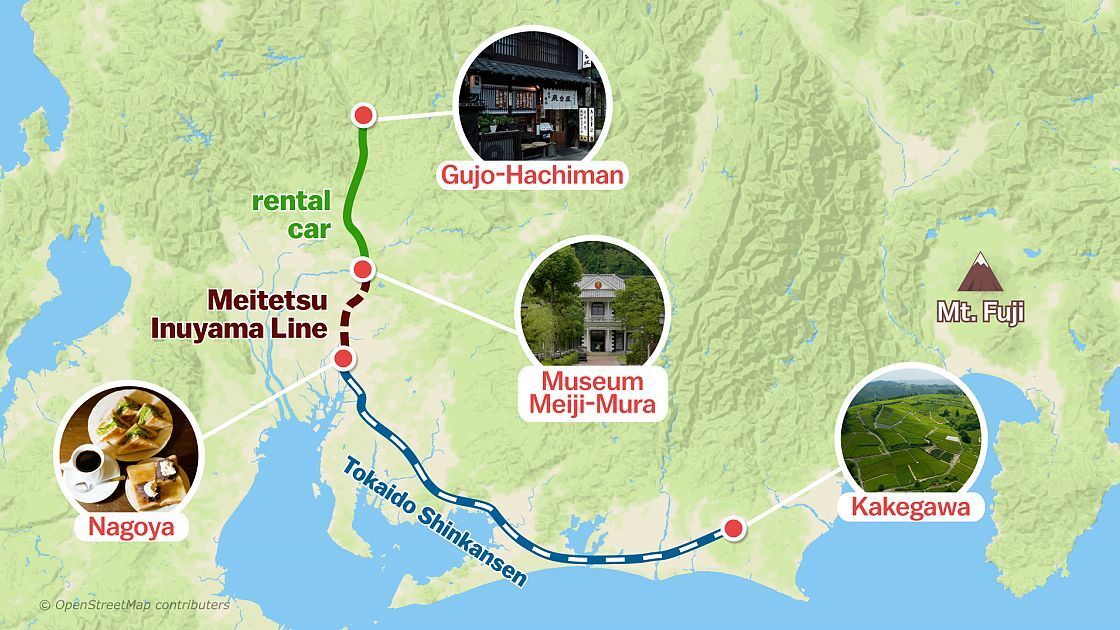
Day 3: Tea picking and Nagoya food culture
After a lovely homemade breakfast, Yamada-san, the host of my accommodation, and I set off to a nearby tea field for my tea activity. There are a number of tea experiences offered through my accommodation which have to be booked in advance. I decided on picking tea leaves, which also included going to a tea farmer's house to drink tea together.
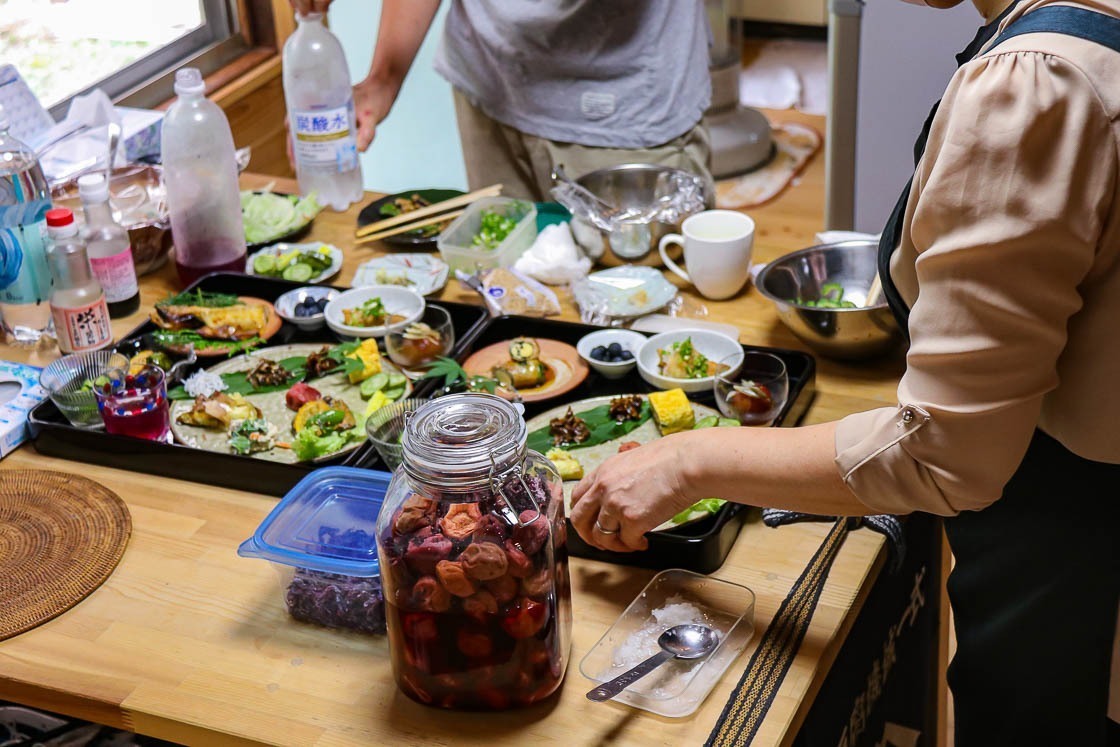
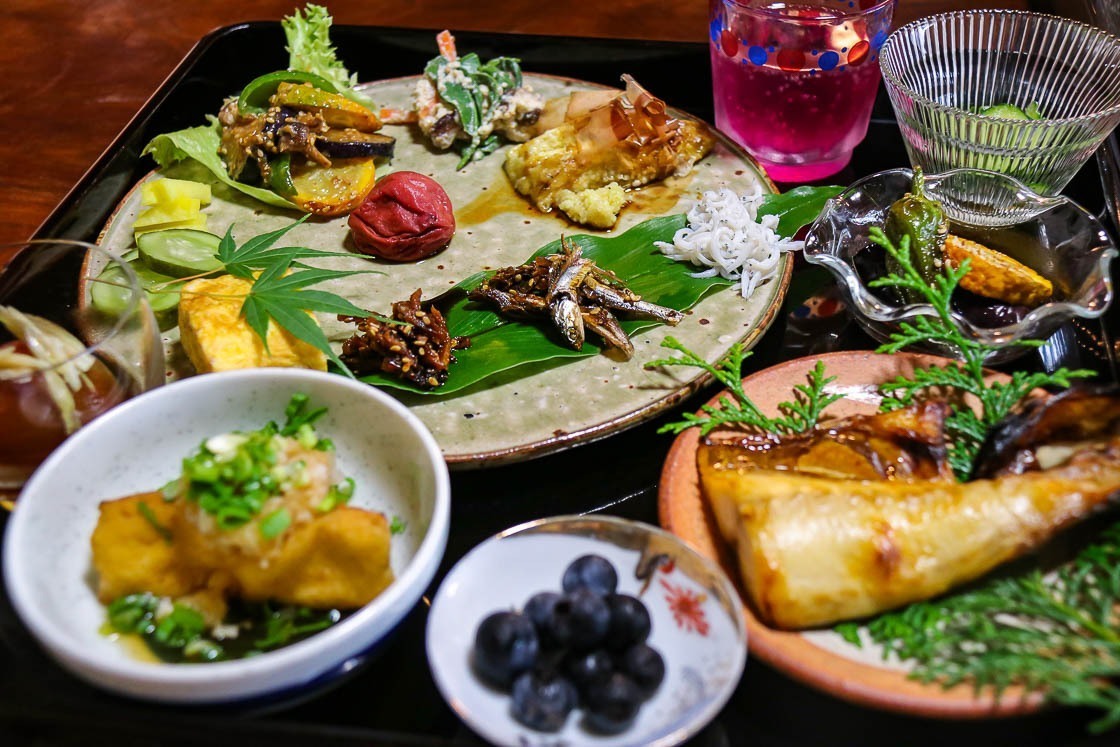
Kakegawa is one of the top tea growing regions in Japan and has over 400 years of history cultivating tea. There are over 1000 tea fields in Kakegawa, and the city is known for its scenic views of tea plantations.
One of the unique characteristics of tea planting in Kakegawa is that tea is grown using a traditional method known as the chagusaba farming method. This traditional system involves growing a variety of grasses near the tea fields to be used as mulch. From autumn to winter, the grasses are cut and dried, then spread over the soil between the rows of tea bushes. Using the dried grass as mulch is said to improve the quality of tea, and tea from Kakegawa is highly regarded for its robust flavor. Additionally, thanks to the presence of these grass fields, native flora and fauna can remain and thrive amongst the cultivated tea fields, and thus the biodiversity of the area is protected.
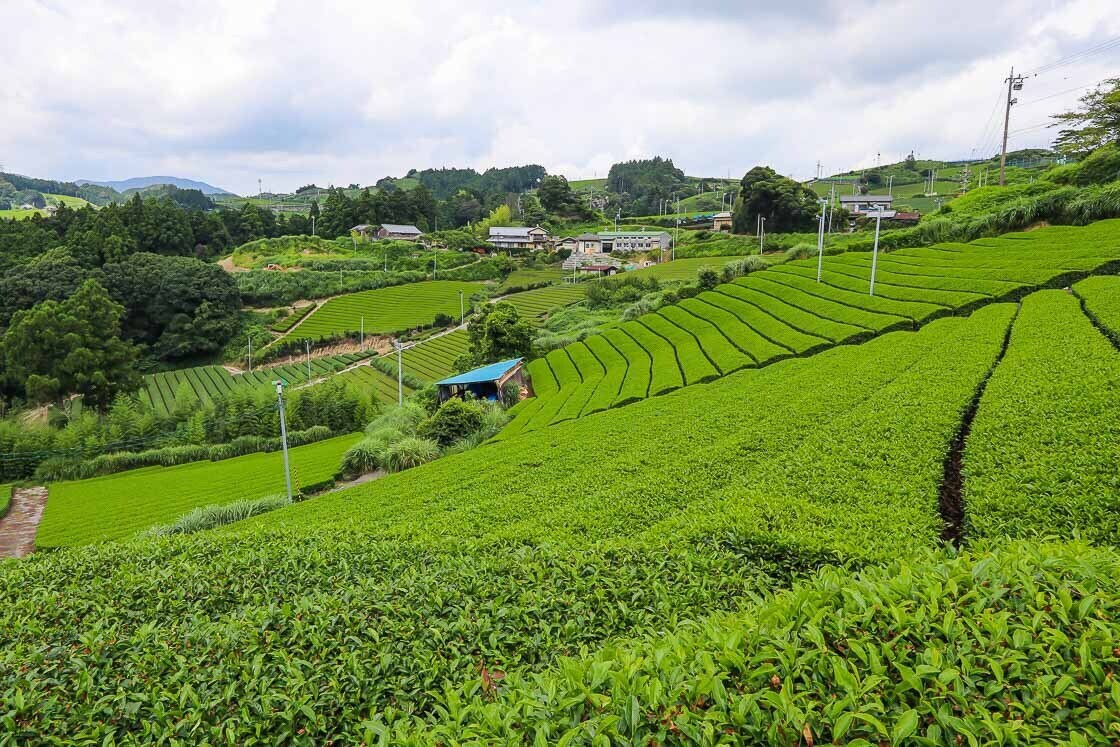
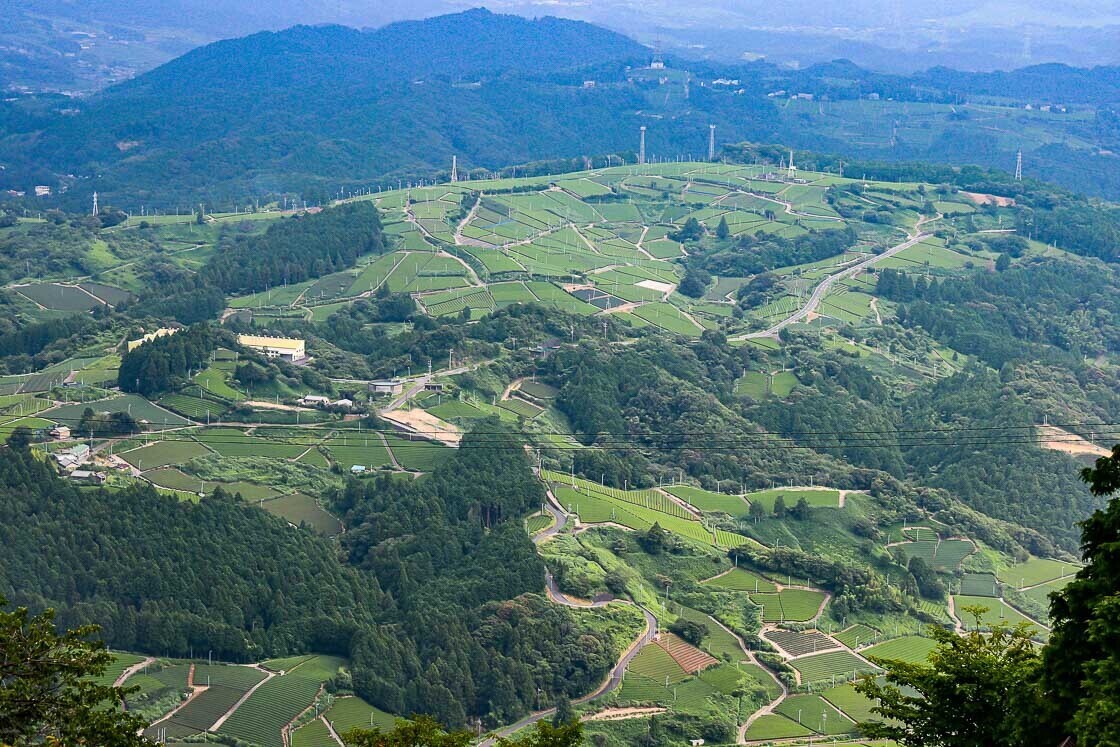
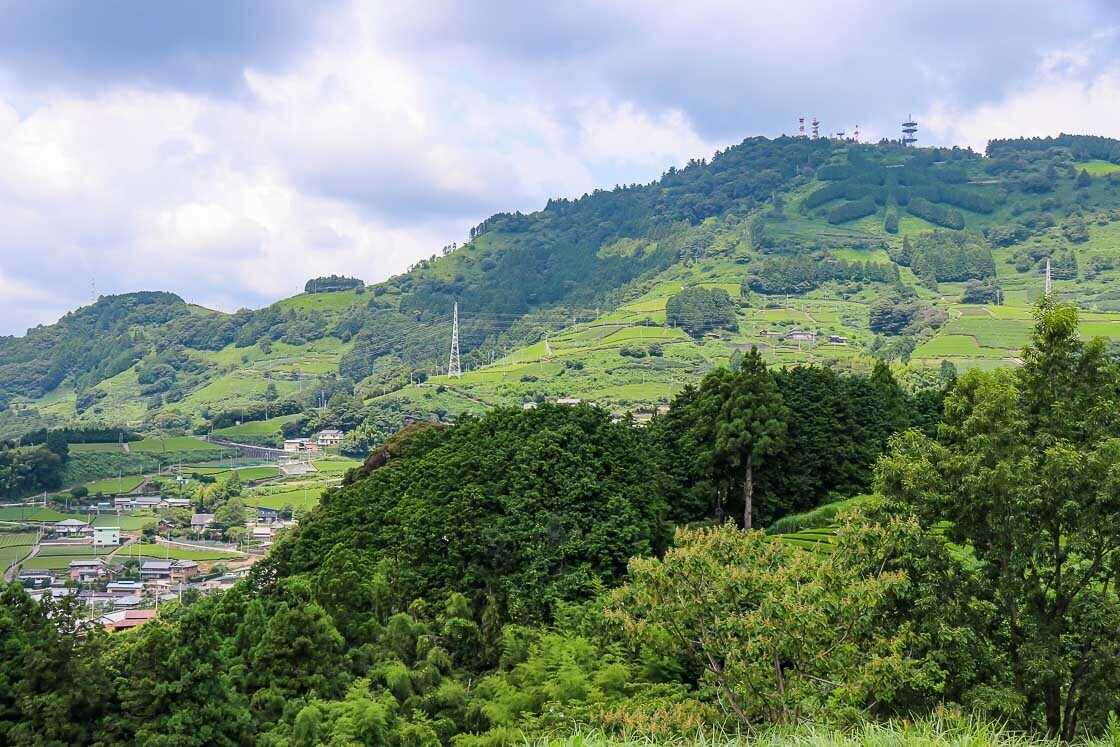
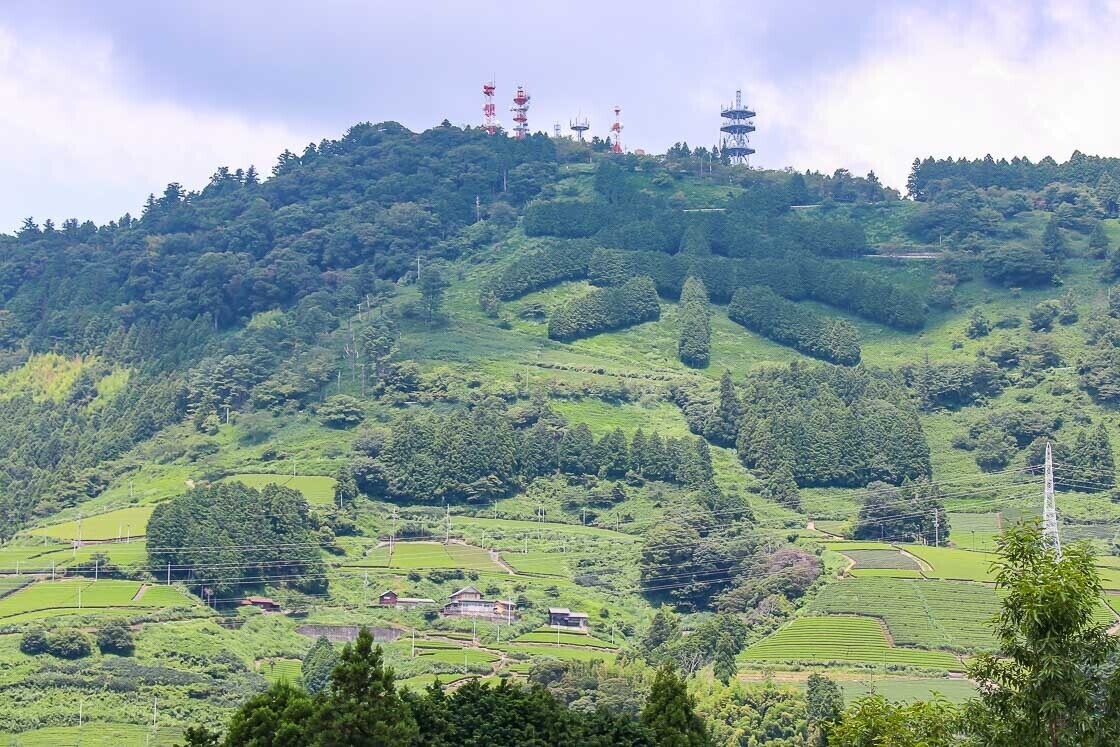
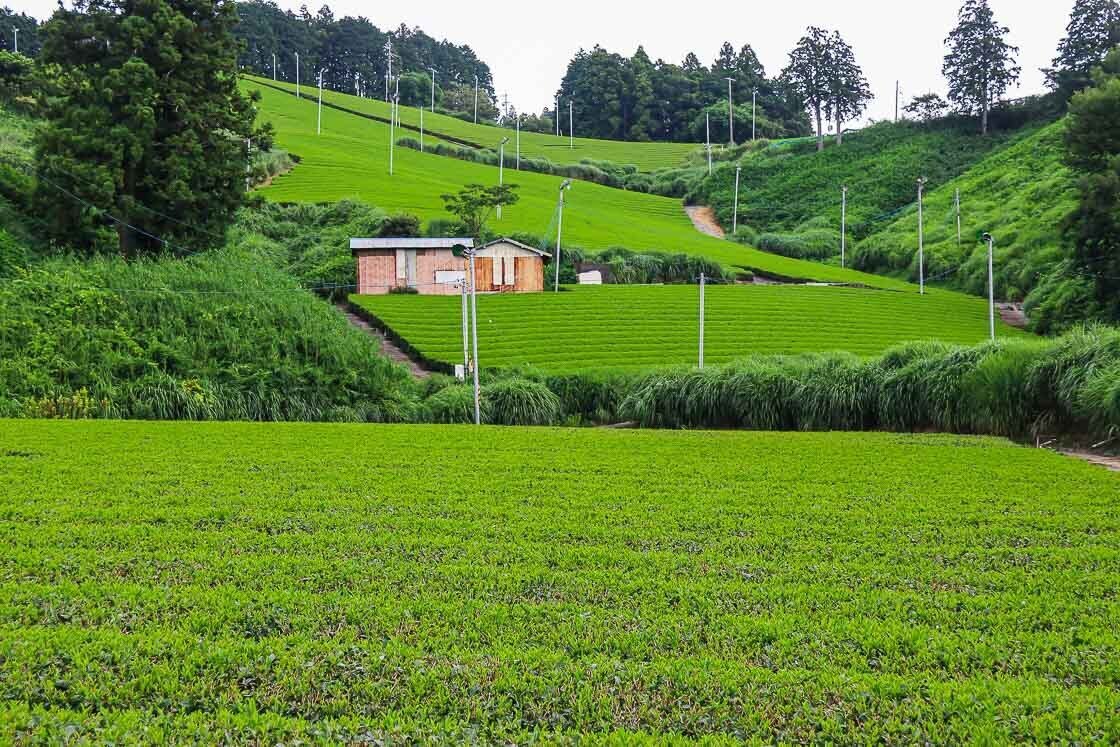
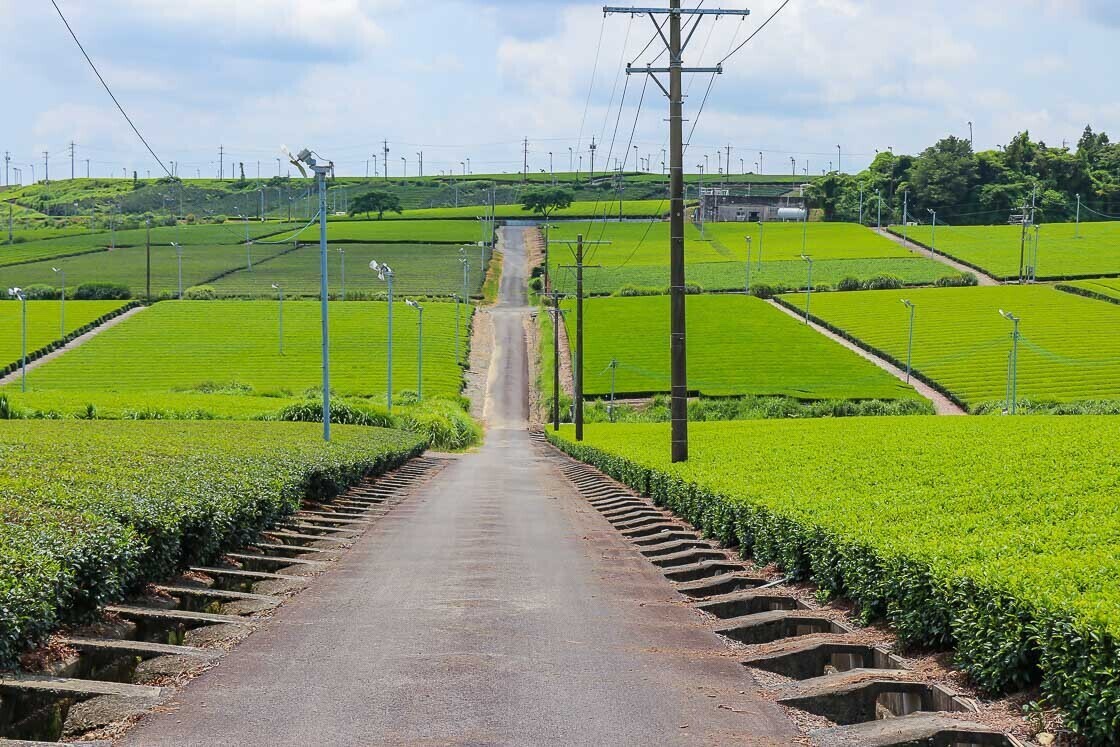
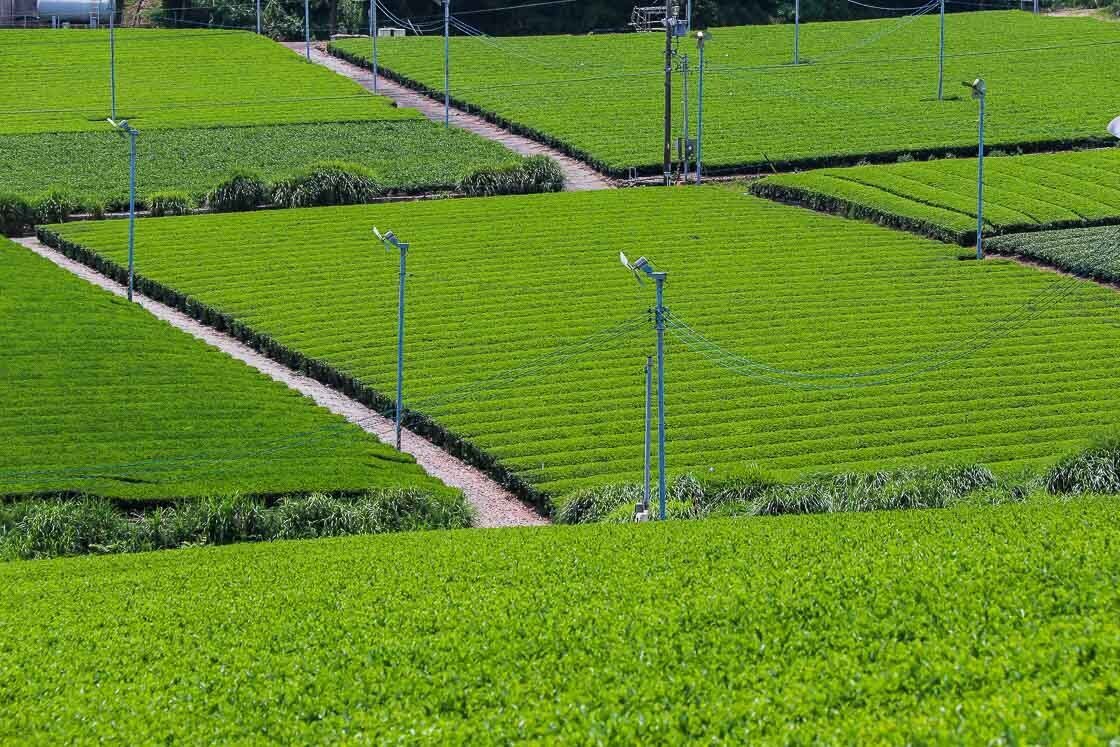
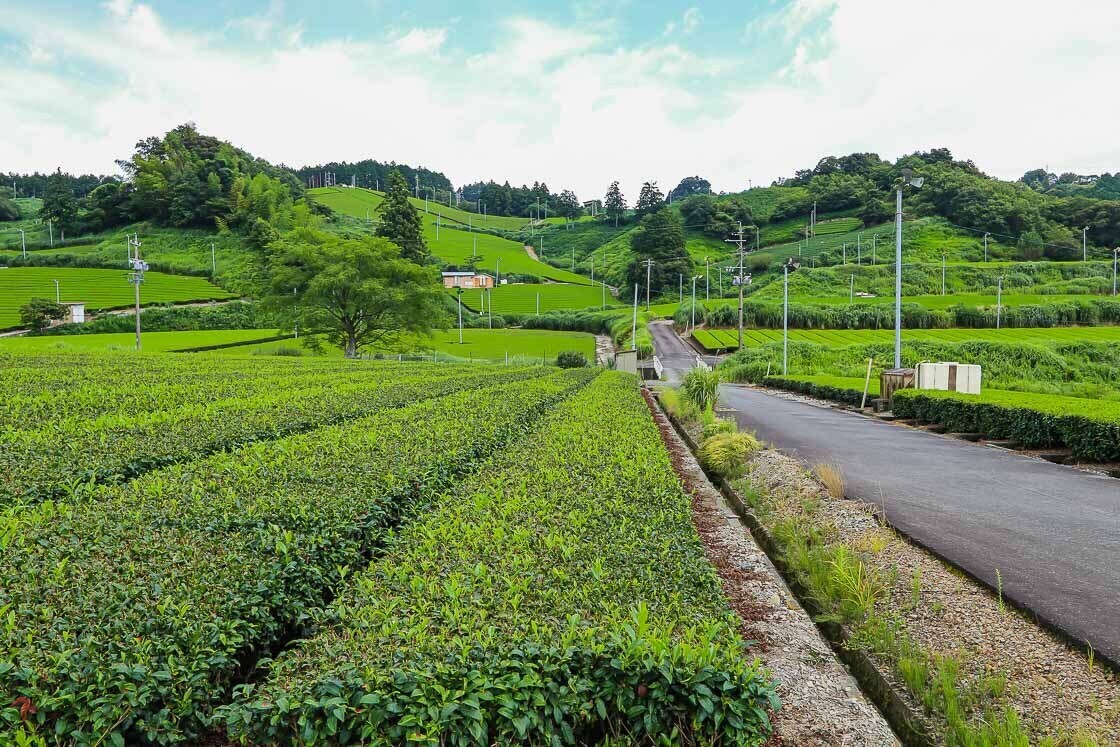
In Kakegawa, the first tea leaves are picked sometime in late April, and new tea or shincha as it is called in Japanese, is available soon after. The subsequent pickings are done over the next few months. During the harvesting period, tea farmers maintain a hard schedule of picking tea leaves and processing the freshly picked leaves soon after. Outside of the major tea picking period, tea farmers typically have more time to interact with and show their visitors the finer points of appreciating tea.
Sugimoto-san, the tea farmer, was already waiting for me when I arrived at the tea field. He introduced the tea varieties he had in his fields, and we got right into the tea picking activity from there. He showed me how to pick tea leaves by hand, and as we bent over the tea bushes, I gained a new found admiration for those who harvest tea leaves by hand.
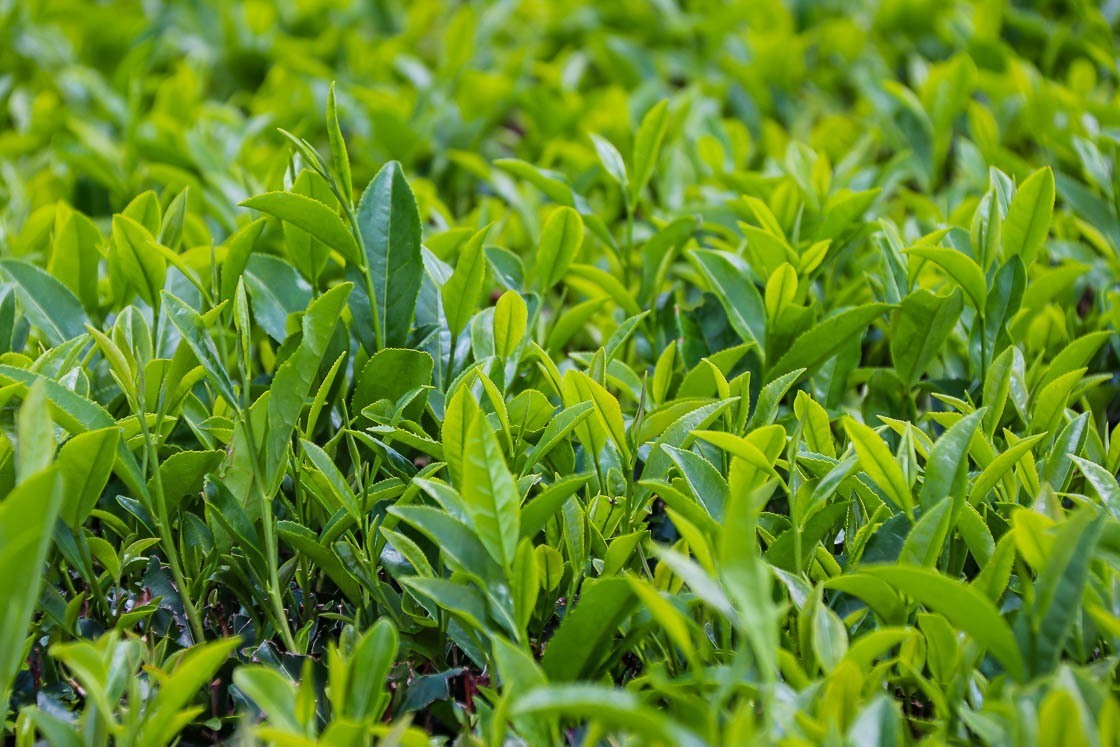
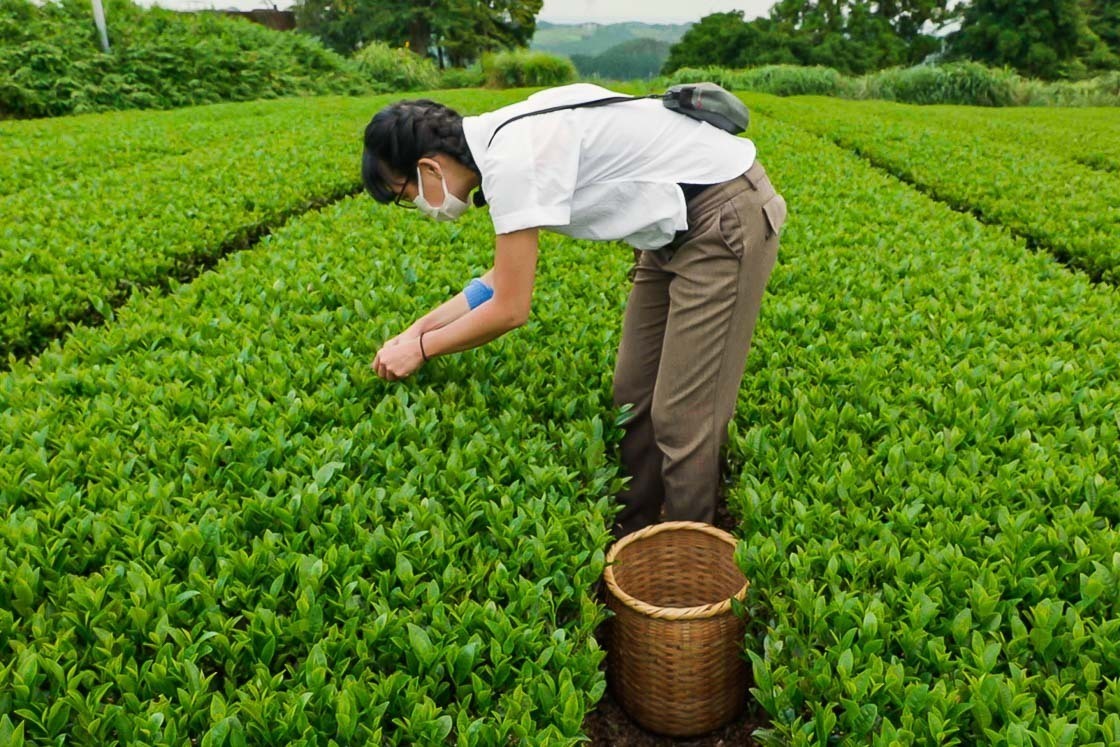
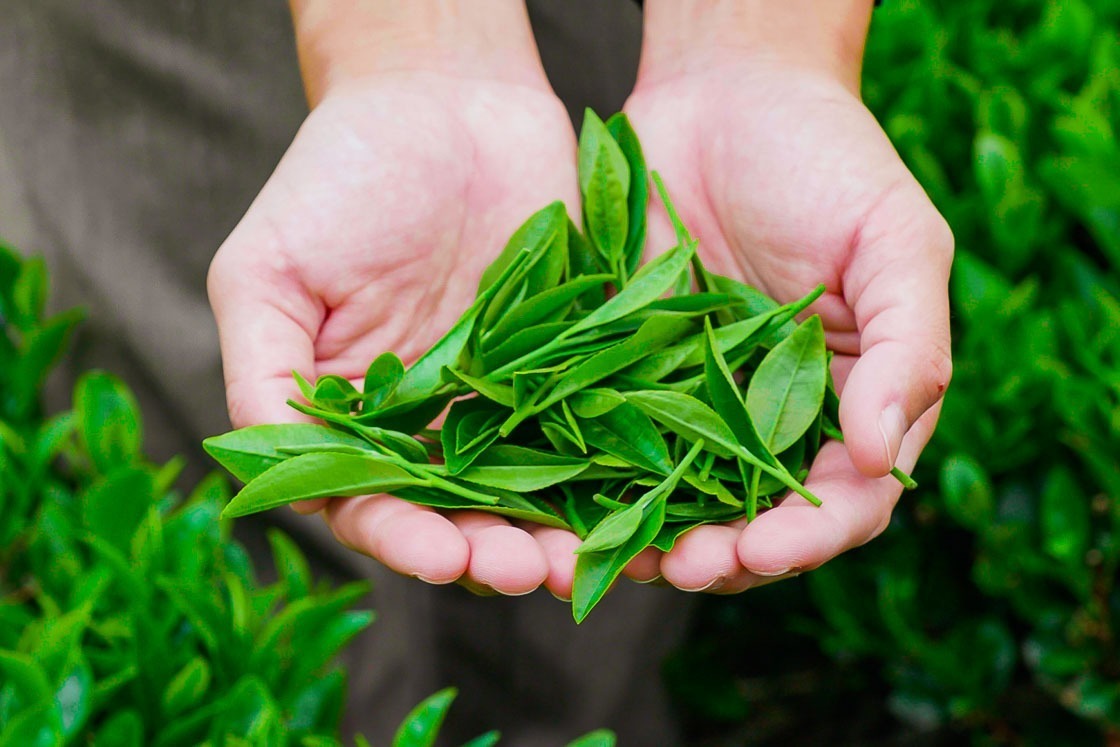
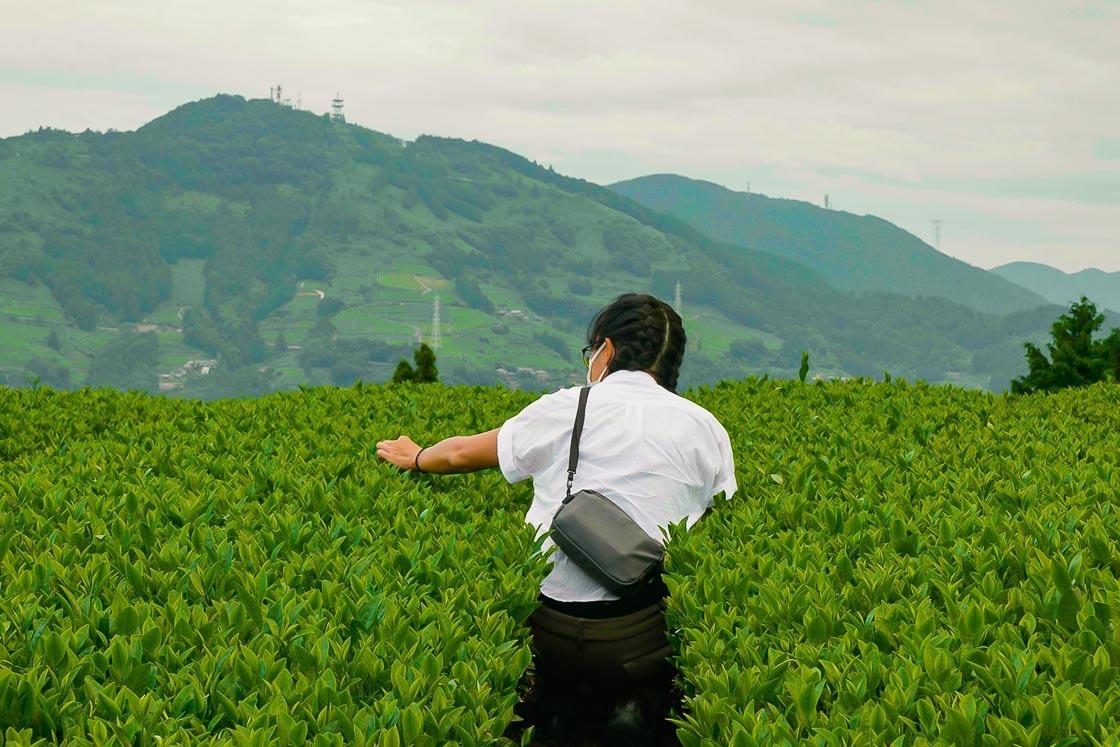
Following that, we proceeded to Sugimoto-san's home which was a short drive away. There, we had some time to appreciate tea together. As it was a warm day, Sugimoto-san prepared tea brewed with ice cubes to start. Ice brewed tea is made simply by waiting for the ice cubes to melt over the tea leaves, and the result was a refreshing drink that had a savory flavor profile rich with umami. For comparison, Sugimoto-san went on to make tea with hot water, which accentuated the fragrance of the leaves and resulted in a rounder flavor. I enjoyed the contrasting flavors of the cold and hot teas, and gained a better understanding of how preparing green tea at different temperatures affects its taste.
After that lovely tea activity and bidding farewell to Sugimoto-san, it was time to depart from Kakegawa and make my way west to Nagoya. Detailed transport information can be found in the access section below.
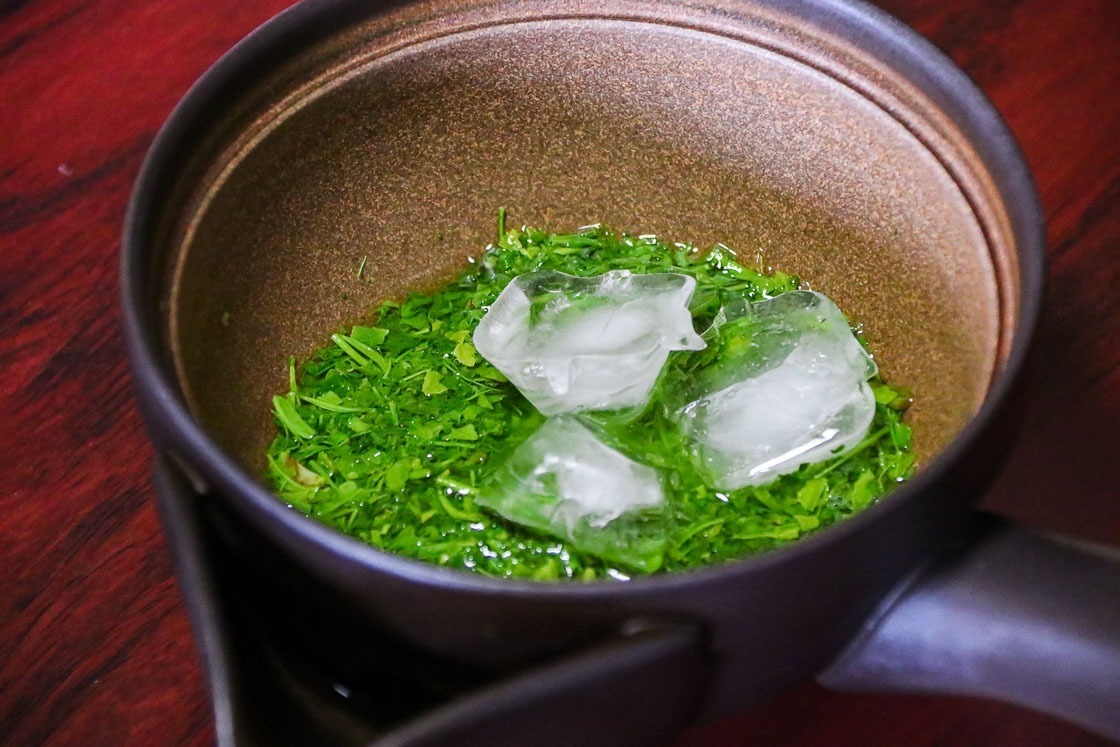
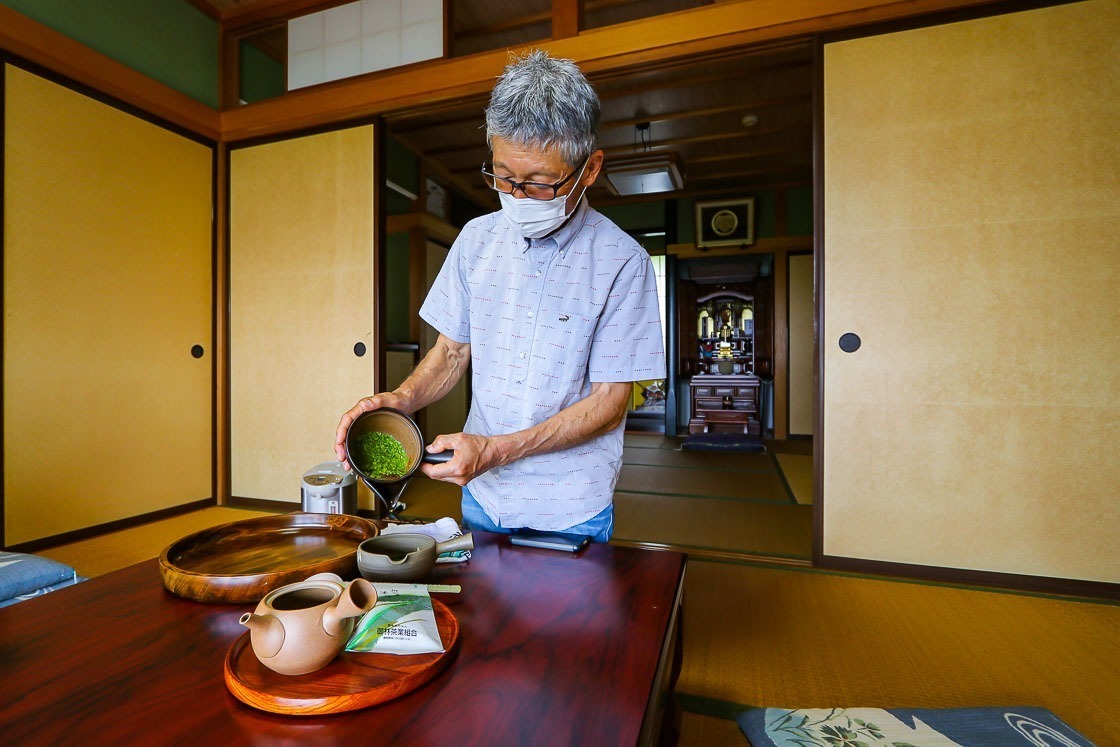
Nagoya is the third most populous metropolitan area in Japan, and the bustling city offers a wide variety of dining options. Nagoya has a strong local food culture, and well-known local favorites include miso katsu, deep fried pork cutlets with miso sauce, hitsumabushi, eel on rice that is eaten with different condiments in four portions, and deep fried chicken wings.
For dinner, I decided to go for chicken wings, one of Nagoya's local specialties. Instead of having just regular chicken, I went for Nagoya Cochin, a local breed of chicken which has been bred domestically for over 150 years. This premium breed is said to produce plump and tender meat, and as such, is typically more expensive than regular chicken.
My restaurant of choice was Torikai Sohonke, a chicken specialty restaurant in the city that serves Nagoya Cochin. I ordered a few yakitori chicken skewers, chicken wings, of course, and oyakodon, a chicken and egg dish over a bowl of rice. Dinner was very scrumptious and indeed, the Nagoya Cochin meat was fattier and more succulent compared to the regular chicken, which I also ordered.
After that filling dinner, I headed to my hotel to rest and relax.
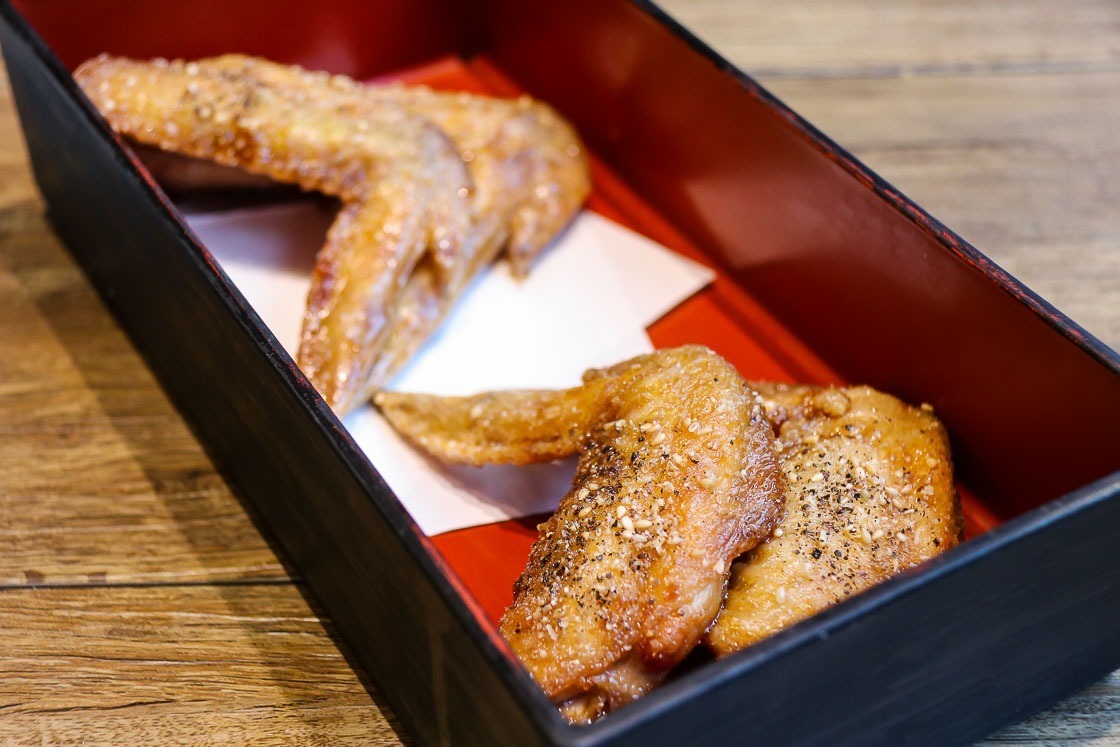
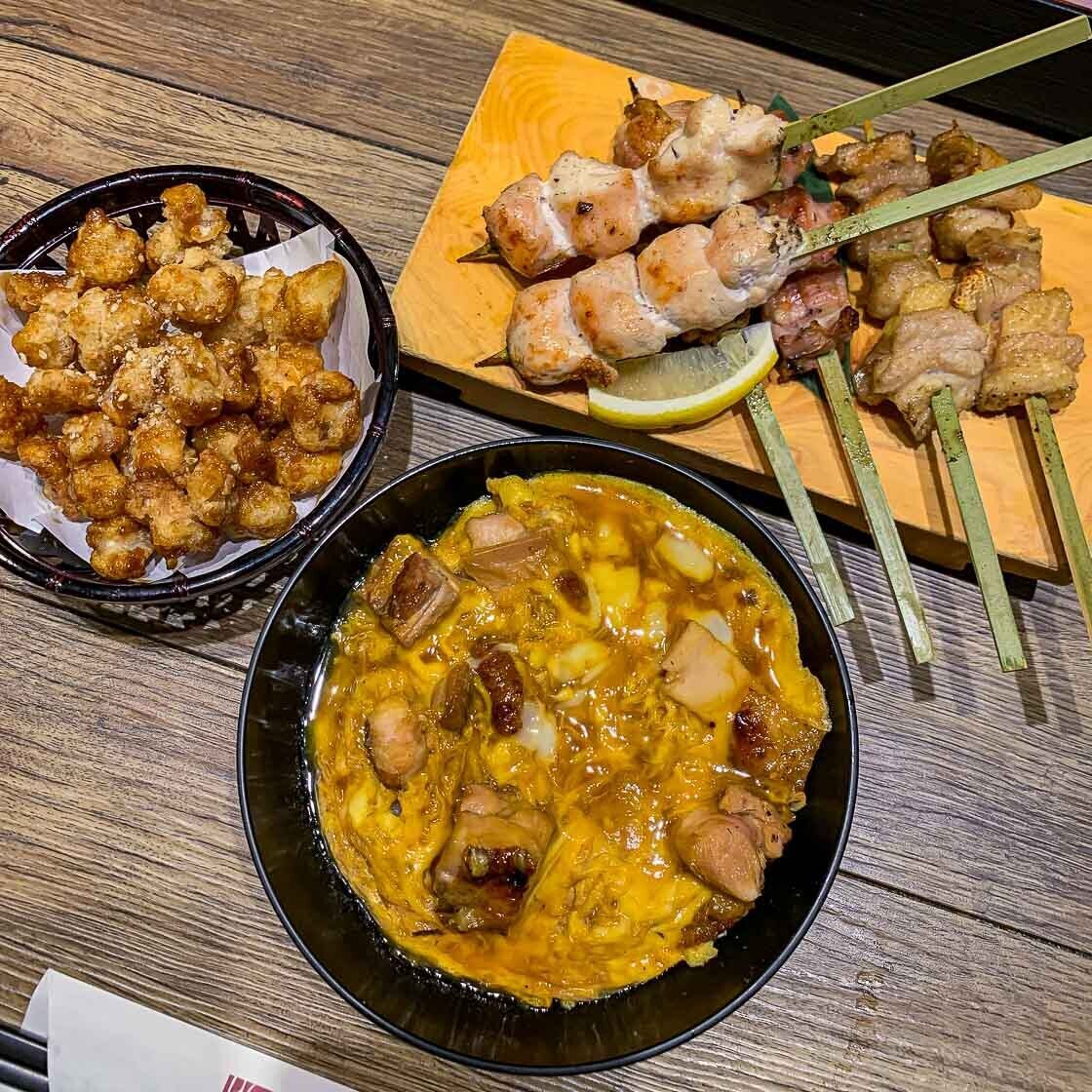
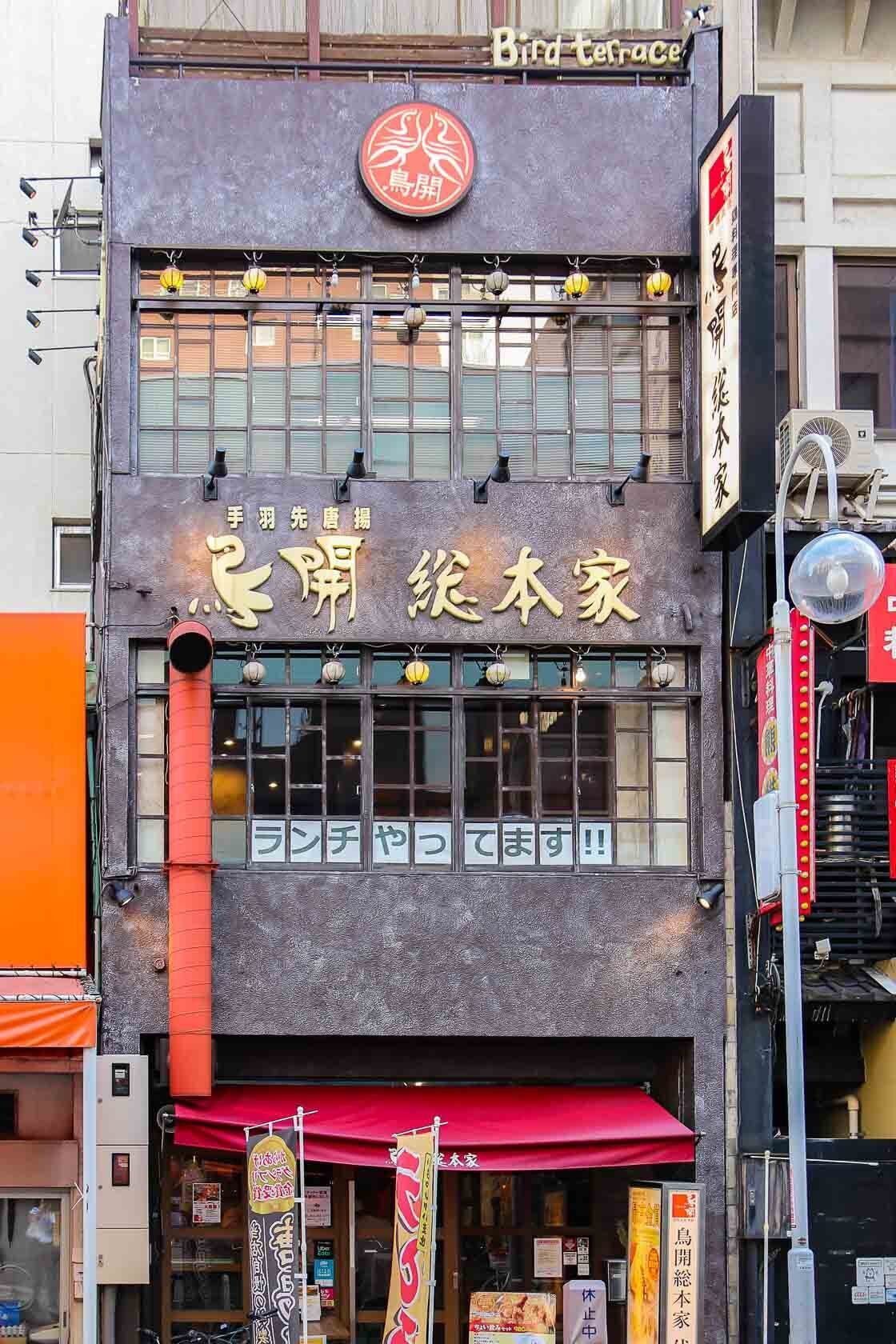
Day 4: Museum Meiji-Mura
As mentioned earlier, Nagoya has a strong local food culture, and this also extends to breakfast. Cafes serving "morning" or morning breakfast sets open early and are a popular way to start the day in Nagoya. Typical breakfast sets contain toast or a ham sandwich and coffee, and the local Nagoya specialty is toast with sweet red bean paste.
For breakfast, I made my way to Bucyo Coffee, a cafe which opens at 7:30, and ordered a Nagoya morning set. My breakfast of thick cut toast topped with four scoops of sweet red bean paste arrived quickly, and I made short work of it. It was definitely not like the traditional Japanese-style breakfast I had the day before!
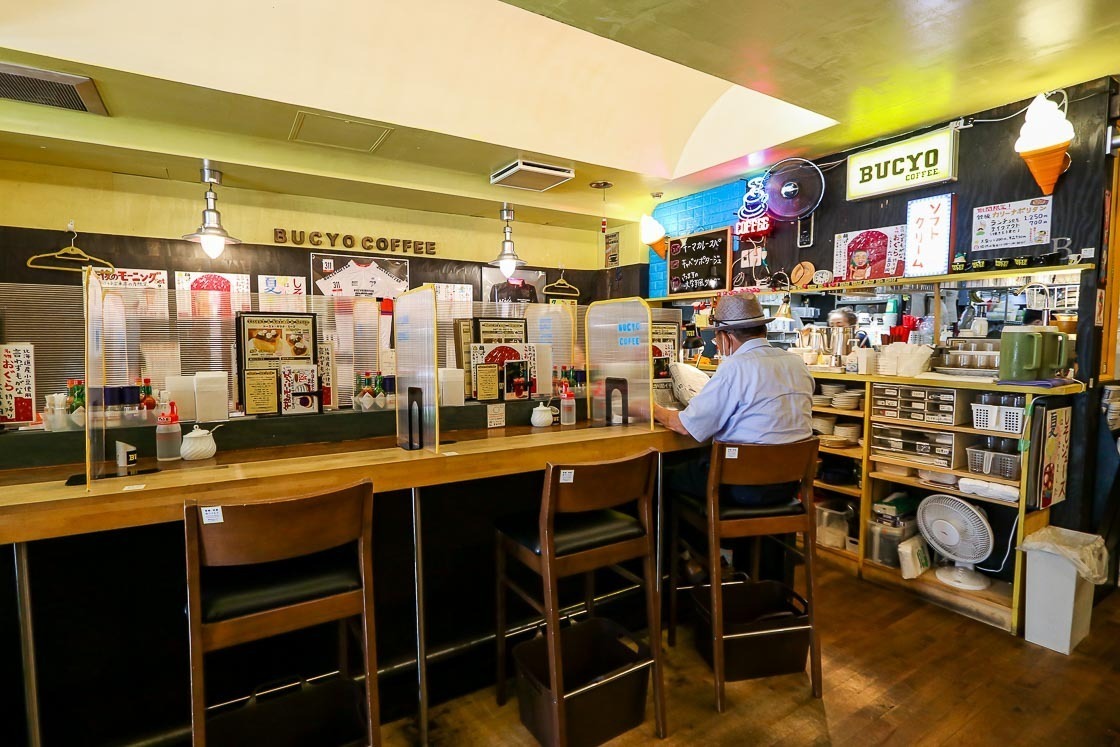
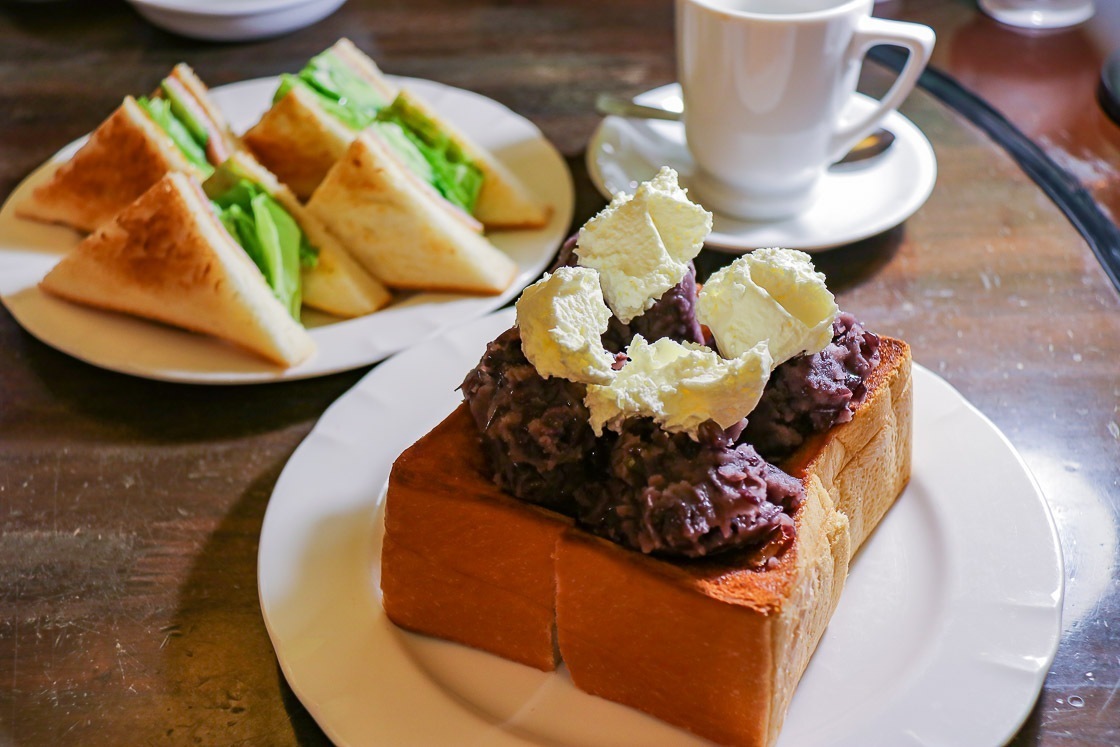
Powered up with that breakfast, I left Nagoya city and went to Meiji-Mura, a large outdoor museum about 50 minutes away. Detailed transport information can be found in the access section below.
Meiji-Mura is one of the largest outdoor museums in Japan and houses a collection of buildings, furnishings and documents from the Meiji Period, which lasted from 1868 to 1912. The period marked the end of feudalism and centuries of international isolation and is characterized by Japan's rapid modernization and Westernization.
There are more than 60 historic buildings that were relocated to Meiji-Mura from all across Japan, and eleven of them are designated culturally important heritage. The buildings are spread out over a large park filled with many trees and plants. As such, visitors can also look forward to seasonal flora in combination with the historic buildings. Many of the buildings at Meiji-Mura are Western-style buildings, but there are also traditional Japanese style buildings like the Kureha-za Theater, where kabuki and other performances were held, and the former residence of writer Natsume Soseki.
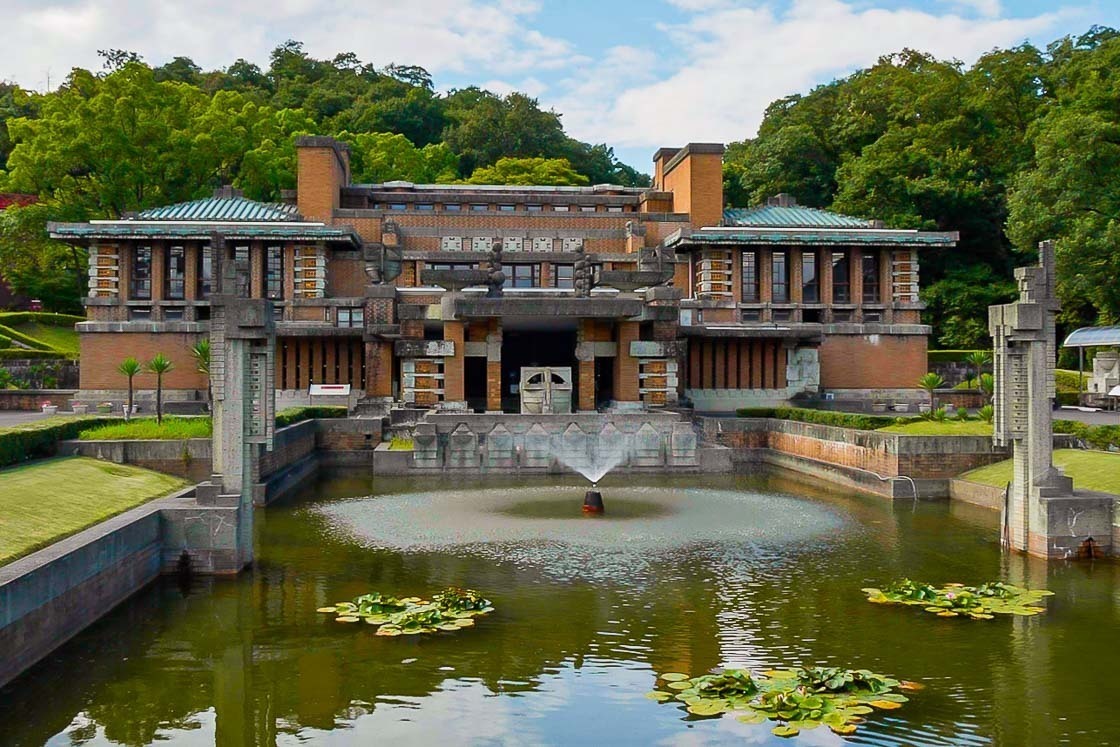
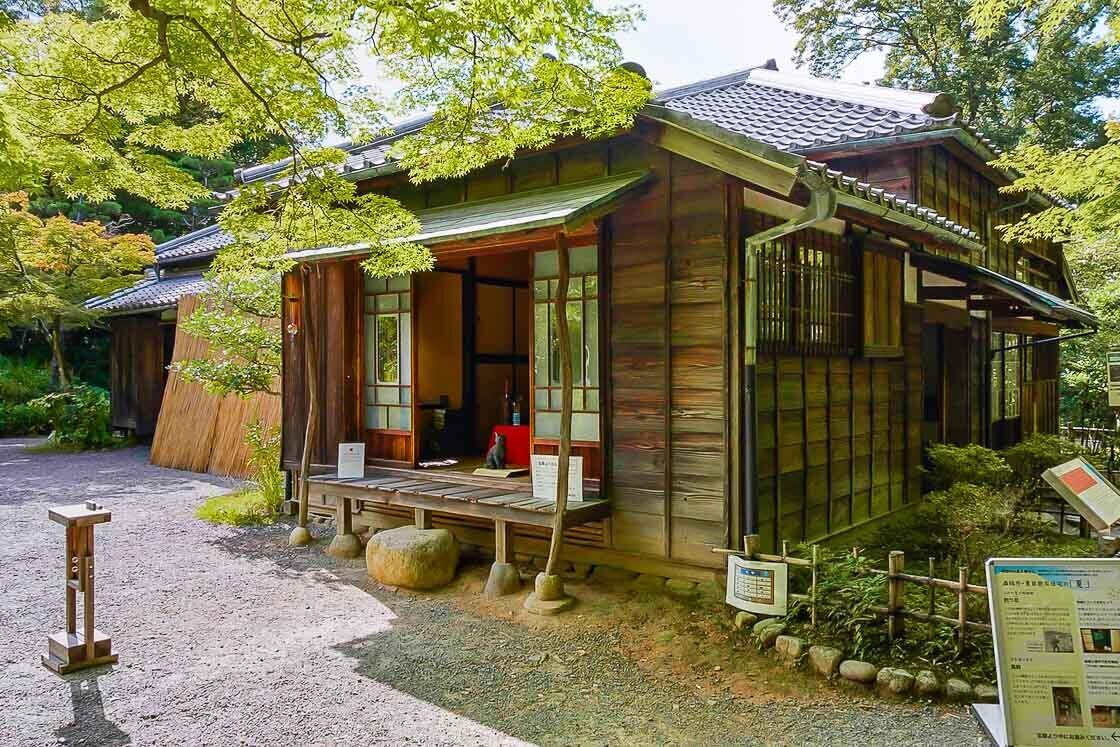
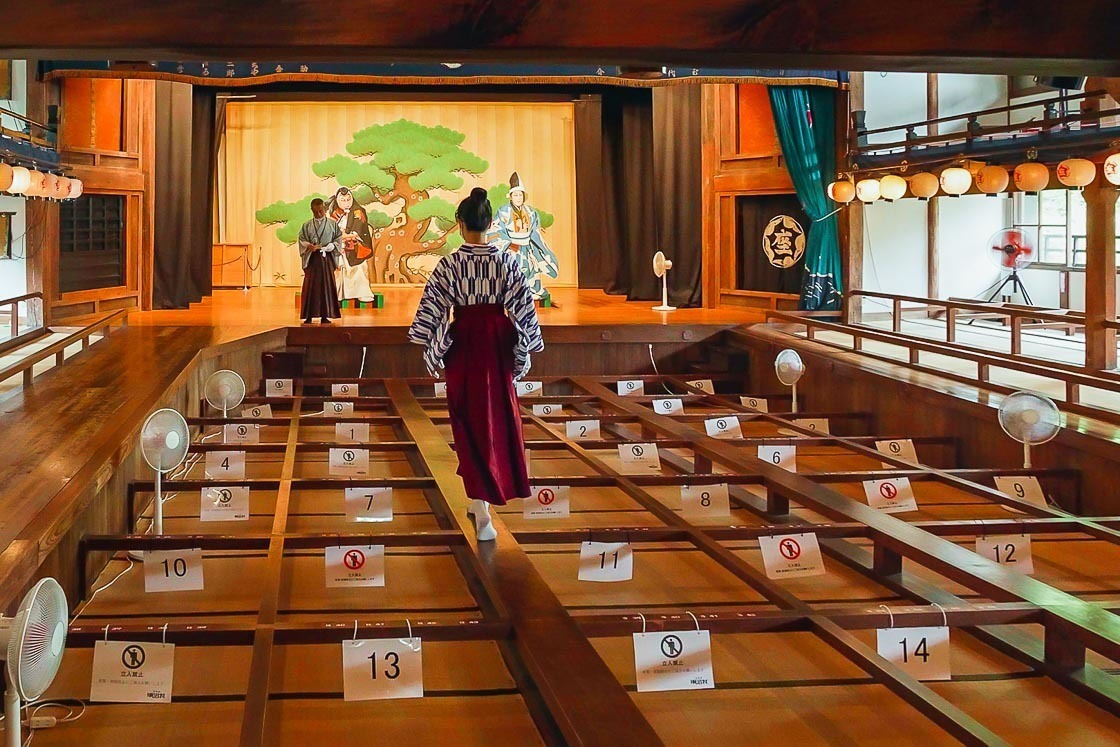
One of the fun experiences visitors can take part in at Meiji-Mura is renting a Meiji Period-style outfit, which was what I did. I rented a typical schoolgirl costume from the Meiji Period, which is made up of a pleated outer skirt known as a hakama worn over a kimono. It was my first time to wear a hakama for an extended period of time, and I found it very comfortable and easy to move around in.
A large number of the buildings in Meiji-Mura can be entered freely and contain displays and historical materials relating to their former purposes. A leisurely visit to Meiji-Mura takes a minimum of three hours, and I spent half a day walking around the park. For an additional fee, visitors can take the buses and retro trains, which provide a convenient alternative of getting around Meiji-Mura.
I was very pleased to have rented a Meiji Period-style outfit to explore the park in. I thought that wearing the outfit and being surrounded by historic buildings added that extra touch of feeling like I was brought back in time to the Meiji Period. Not to mention, the pictures turned out great as well.
After the lovely time at Meiji-Mura, I headed to Inuyama Station, the nearest train station, to pick my rental car and drove to Gujo-Hachiman. Detailed transport information can be found in the access section below.
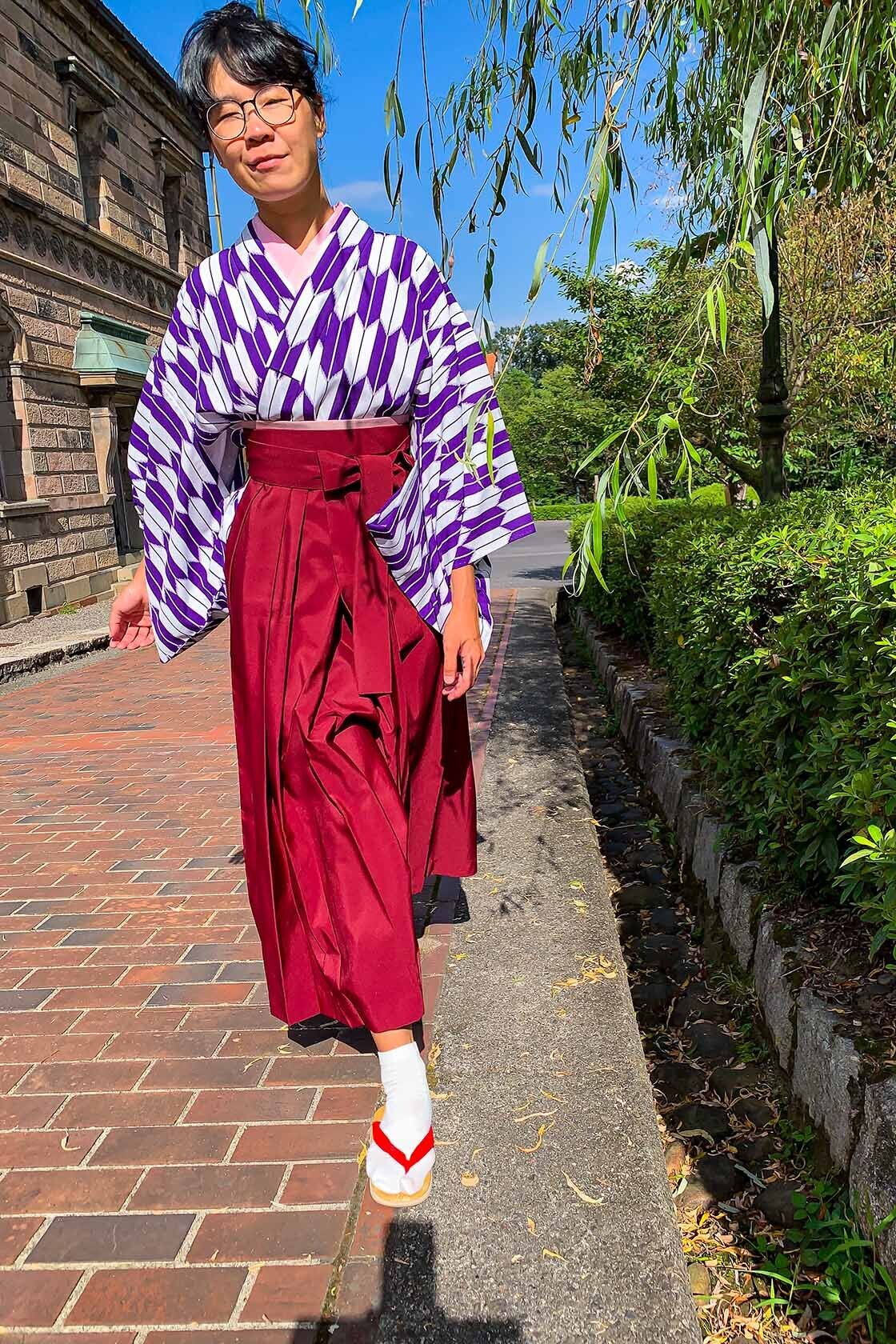
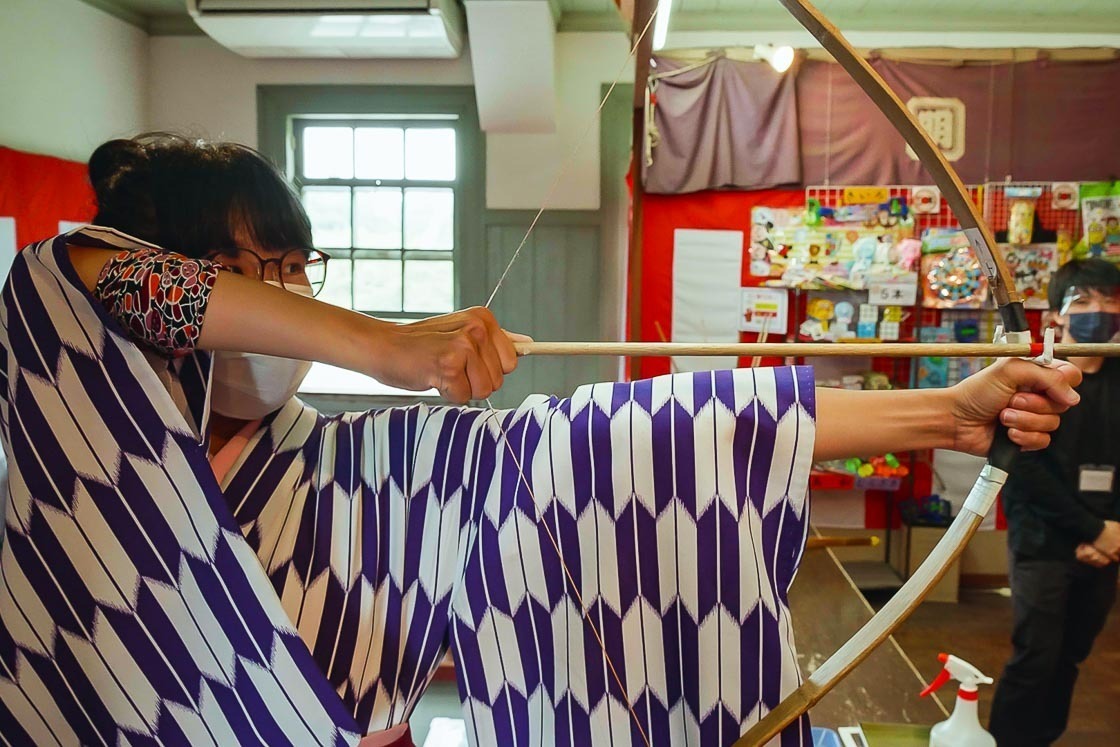
As it was in the early evening by the time I arrived in central Gujo-Hachiman, I headed to Izumisaka, a local restaurant for dinner, which was a stone's throw to my accommodation. The restaurant is known for using local ingredients, and the dishes are mostly cooked over the grill. Local and regional specialties served at Izumisaka include Hida wagyu, which is a highly rated domestic brand of beef. I ordered a decent variety of dishes to try, and some were served sizzling on hotplates. I am happy to report that everything I tried was excellent, and I wouldn't mind going back again.
I was glad that the restaurant was very close to my accommodation as I was too full to move far. While I rested in my room, I thought about how time just flew by, and I was already two thirds through my 6-day trip.
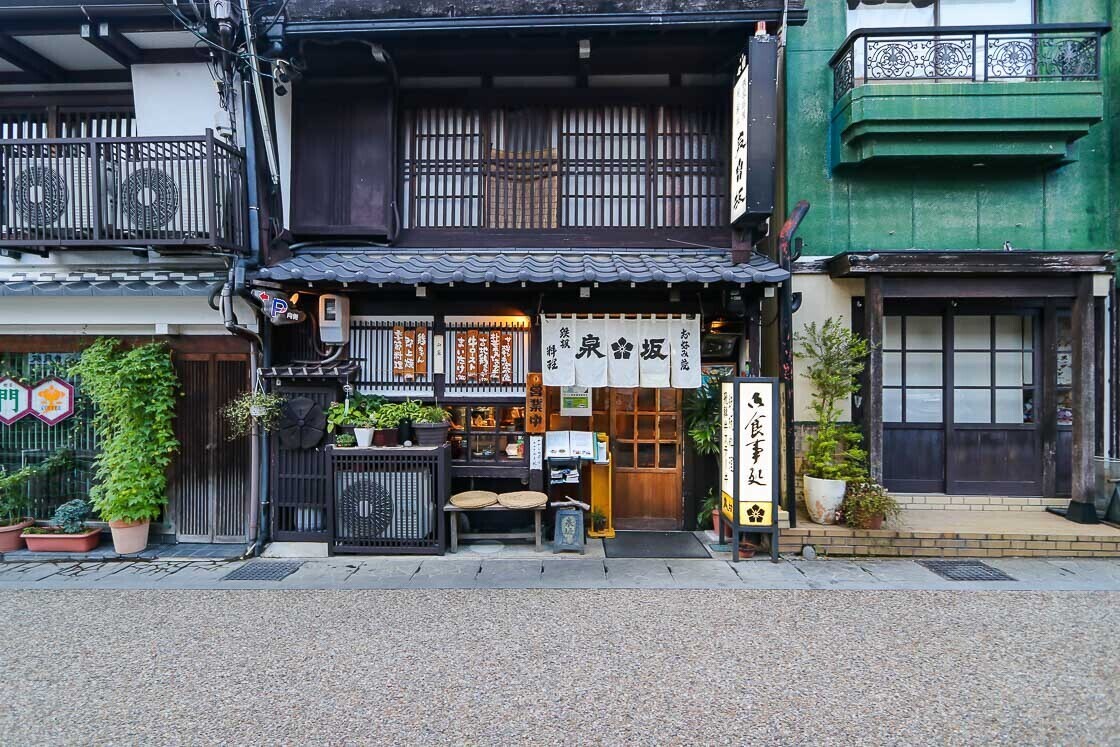
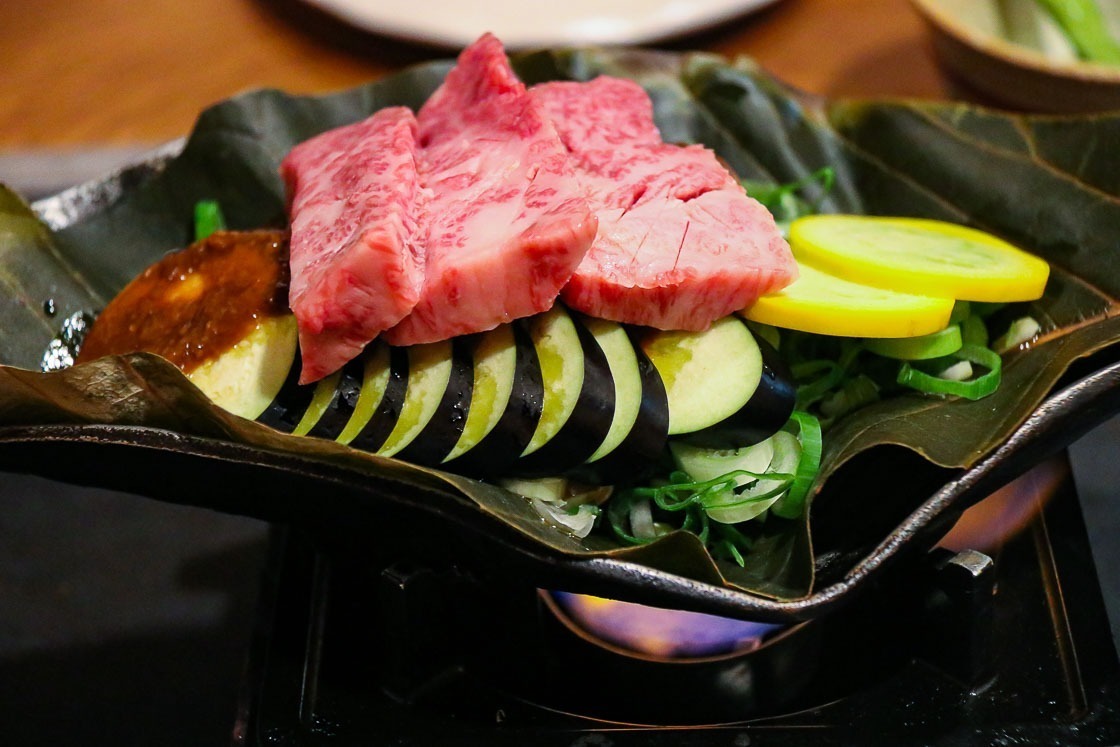
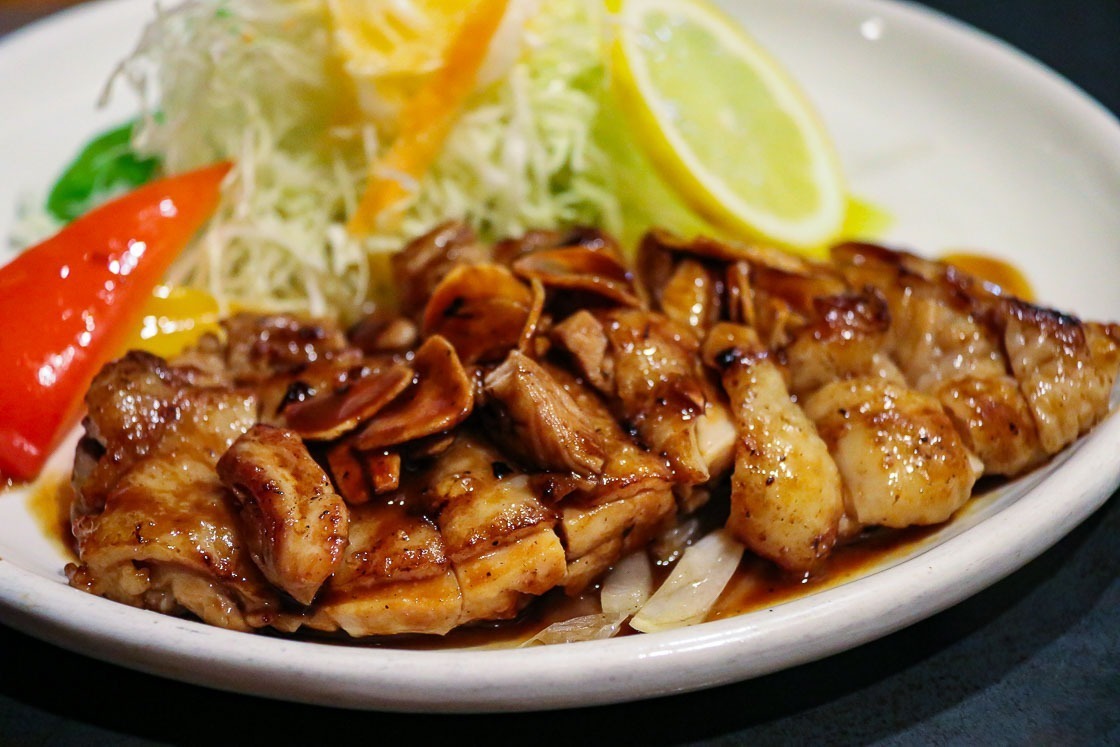
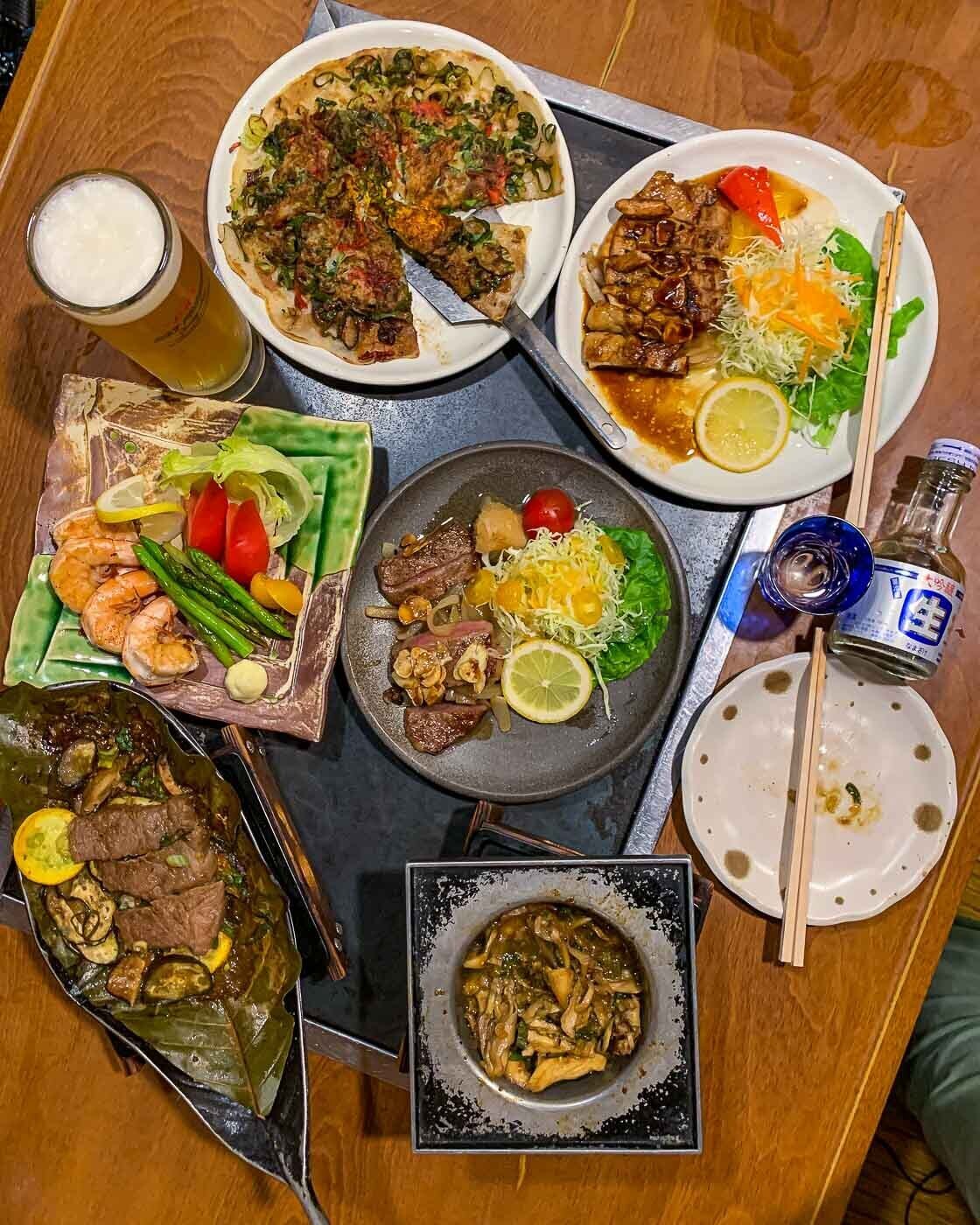
Access
Transportation in this itinerary included both public transportation and the use of a rental car. It is possible to travel solely by public transportation, and travelers who choose this option should factor in longer travel times into their itinerary.
Kakegawa to Nagoya
A drop off service at Kakegawa Station by Tabinoya, the farmhouse accommodation, is available upon request. From Kakegawa Station, take the Tokaido Shinkansen to Nagoya. The train journey takes approximately one hour, costs about 5000 yen one way and is fully covered by the Japan Rail Pass.
The restaurants visited in central Nagoya are within walking distance from Nagoya Station, and Fushimi Station on the Higashiyama Subway Line.
Nagoya to Inuyama
From Nagoya, take the Meitetsu Inuyama Line to Inuyama. Take the bus bound for Meiji-Mura from Inuyama Station and get off at Meiji-Mura, the terminus (about 20 minutes, 430 yen one way, 1-2 departures an hour). The main entrance to Meiji-Mura is a few steps from the bus stop.
Inuyama to Gujo-Hachiman
Take the bus from Meiji-Mura back to Inuyama Station to pick up a rental car. Rental car outlets can be found around Inuyama Station. The drive from Inuyama to Gujo-Hachiman takes about one hour if using the expressway (about 1500 yen expressway tolls one way, get off at Gujo-Hachiman IC) or about 1.5 hours by toll-free roads.
The main sightseeing spots in Gujo-Hachiman's town center can be covered entirely on foot.

Useful links
- Tabinoya - Farmhouse and tea activities in Kakegawa
- Meiji-Mura - Large, outdoor museum in Aichi Prefecture

